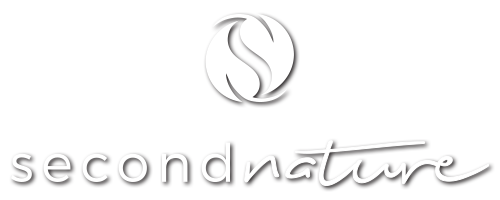Understanding the parent-child relationship and family functioning is a crucial component in the treatment of children and adolescents. The nature and quality of the family interaction has been shown to affect the course of treatment, even when the focus of the treatment itself is on the child’s issues. As part of the Second Nature treatment approach, it is helpful to get a clearer understanding of the range of strengths and weaknesses within the family system so that these issues can be addressed more directly in the weekly parent phone calls.
Second Nature has implemented a more rigorous approach to identifying important family systems issues. Rather than rely solely on intuition or generalities, we incorporate a quantitative analysis of some of these dynamics. Second Nature is the only nature-based program in the country that uses this type of comprehensive, quantitative assessment to help guide the family therapy component of the process.

The philosophy is similar to psychological or psychoeducational evaluations that are commonly administered to students individually, whereas our evaluation broadens that to include the family unit. Our Family Dynamics Assessment uses three norms-based measures that look at the dynamics within the family system, the quality of the parenting alliance, and the degree of stress the parents are experiencing.
Quantitative measures are helpful in developing a more complete picture of how the child-parent relationship compares to the experiences of a broader sample of families. This helps to put into context those behaviors that are a “normal” part of adolescent development compared to those dynamics which are indicative of a more serious issue that warrants clinical attention. This assessment can be used for families where parents are married, divorced, or when the secondary parent is a step-parent as well as intact families where one parent is more or less engaged in their child's situation.
The goal is that this assessment will help bring to the surface important family dynamics that otherwise might take many months to uncover and allow us to address those issues more effectively in our parent sessions. Additionally, we have found this information helpful in identifying the unique therapeutic needs of the family as we are determining the best fit for aftercare, both in terms of the individual needs of the student and the level of support the whole family will require. It provides insight into the subjective experience of each family member and identifies issues that may require further attention in therapy.

